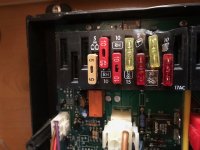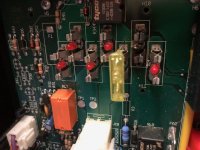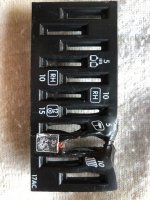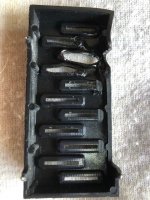runnach
Full Member
- Messages
- 2,823
As per title, I actually found a blog from a motorhome couple ( Bloggers ) who have experienced exactly the same within their fuse box area, and their blog give great detail. What I will add is, the heat generated due to resistance, was hot, so hot, the fridge fuse holder tabs have lost their temper and fuse spades (spring steel) have very little grip. Attached images are from our MH.
I have also been liaising and have received very good advice Wildebus ( David ) and our conclusions are to keep the current fuse box, as it is fine, now I need to trace fridge cable from fridge to fusebox, then create and install a separate fuse for fridge which will bypass fuse box completely.
Reason for post, what the bloggers and I have experienced is a fire hazard, this post is to make you aware of this potential risk within your motors, and to periodically inspect fridge fuse holder.

 www.wandering-bird.com
www.wandering-bird.com




I have also been liaising and have received very good advice Wildebus ( David ) and our conclusions are to keep the current fuse box, as it is fine, now I need to trace fridge cable from fridge to fusebox, then create and install a separate fuse for fridge which will bypass fuse box completely.
Reason for post, what the bloggers and I have experienced is a fire hazard, this post is to make you aware of this potential risk within your motors, and to periodically inspect fridge fuse holder.

RV Motorhome fires- causes & essential prevention tips
Concerned about motorhome fire? Honestly, we weren't... until it happened to us. Here's the story and how to prevent RV fire in the future!





